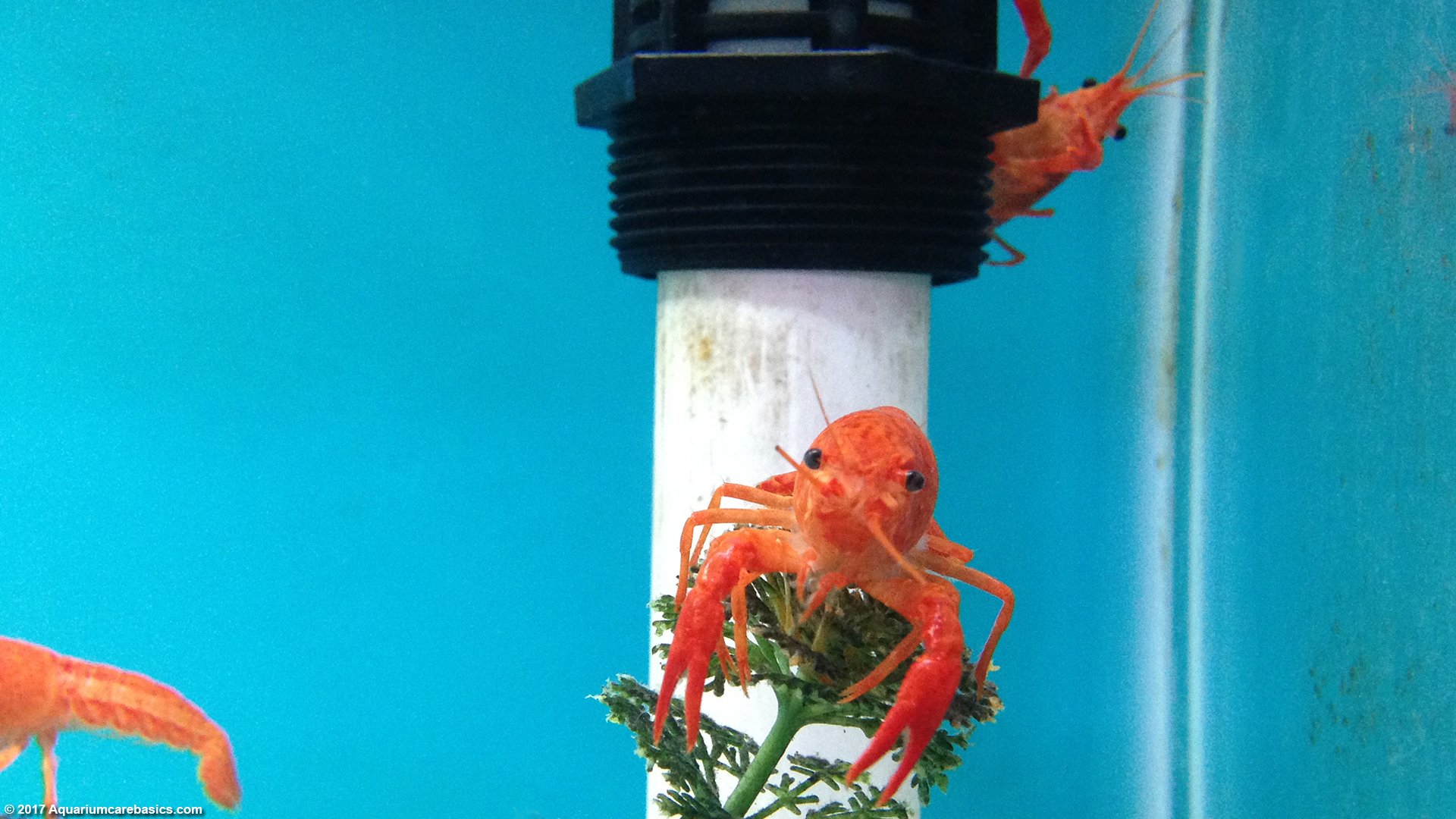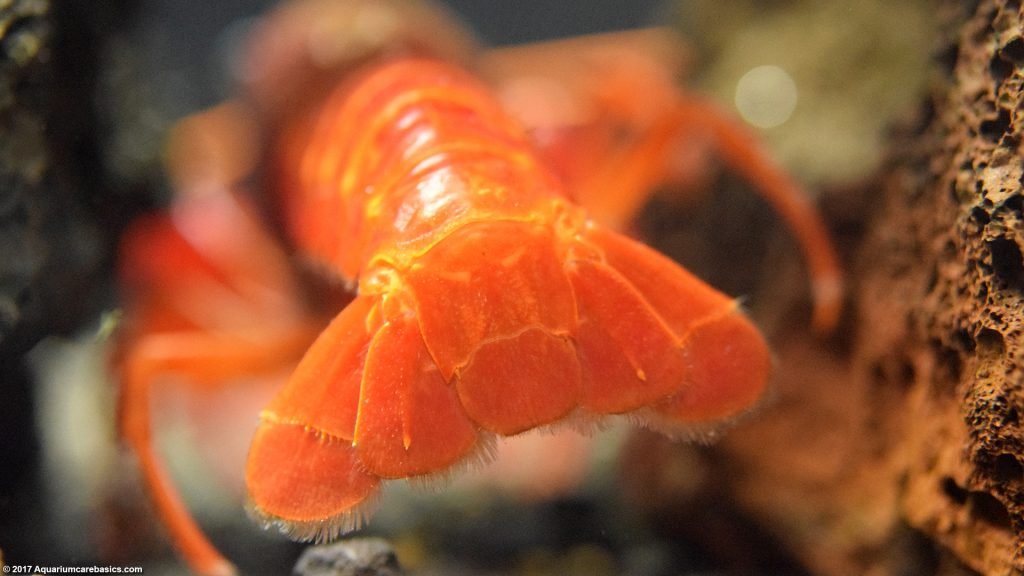
Finally, be sure to include rocks and decorations that provide places to explore. Live aquarium plants provide cover and hiding places for the fish to rest. Cory Catfish also seem to really enjoy a tank with lots of live plants. Habitat: A Cory Catfish is a bottom dweller, so it’s a good idea to keep at least 2 inches of aquarium gravel or substrate on the tank bottom. They are thicker near their heads and taper off near the tail, creating triangle shaped look. Their diameter can range from about the size of a dime to about the size of a nickel. Cory Catfish schooling behavior is a pretty interesting thing to see as the fish move throughout the tank synced like a precision dance ensemble.Ĭory Catfish Size: Depending on the specific type, Cory Catfish size can range from about 1 inch to about 2.5 inches in length. If aquarium size permits, Cory Catfish school in groups of six or more. But in general, Corys of the same type seem to stick together most often. Two Cory Cats of different types may behave the same way. When one Cory Cat takes a break in the corner of a tank, other Cory Cats will almost always be seen an inch or two away. Two Cory Cats of the same type will often stay close to one another as they move throughout the tank to feed. While Cory Cats can survive alone, they seem much happier in a group of two or more. This is normal behavior and should not be considered a sign the water lacks oxygen, provided aquarium care is adequate.Ĭory Catfish School Together: Cory Catfish are very social creatures, especially with others of their kind.

Hobbyists will often hear a snapping or popping sound as the Cory Cat breaks the water surface and moves quickly to the bottom of the tank. It’s also important to keep tanks thoroughly covered because Corys often dart up to the surface to grab a bite to eat or get a gulp of air. So it’s important to be mindful of fish count and overstocking. Either way, hobbyists need to remember that all living species tax the bio-load capacity of a tank. Cory Cats can thrive in larger tanks too. Many beginner hobbyists keep Corydoras Catfish in small tanks like 10 gallon aquariums. Tank Size: Cory Catfish can do well in covered tanks of nearly any size and dimensions. Corys may move about the tank at night, but they seem to be more active during the daytime hours. Corydoras Catfish are active and curious bottom dwellers, methodically scavenging the tank bottom looking some food to eat.Ĭory Catfish can be very active during the day, but they can also spend time peacefully resting motionless in the same spot. It also can be related to the tank dynamic in general. This may also have something to do with their size relative to the other fish in the tank. Some Cory Catfish types are more shy and timid than others. Corys have a calm, peaceful and non-aggressive temperament. One of the best things is that Cory Catfish care is easy. Cory Catfish VideoĬory Catfish Care Is Easy & Straightforward This may be an indication that the Cory Catfish may be unhealthy.

Avoid buying fish from display tanks with sick, diseased or dead fish. Sometimes Corydoras Catfish may be kept in display tanks with fish that nip at them, causing injury to the very sensitive area around their mouth. Also make sure the Cory has complete barbels on each side of its mouth.

Make sure the Cory has both its eyes, and look to see that its fins and tail are not damaged. When buying Cory Catfish, look for fish that appear healthy, alert, active and moving.

Because Cory Catfish care is basically effortless, they are especially popular with beginner hobbyists. The good news is that Cory Catfish care is easy regardless of the type. There are many different Cory Catfish types, all varying in size and color, but Bronze Cory Catfish are probably the most common. Cory Catfish are often described as armored catfish, due to their plates of bone-like material running the length of their bodies. Corys are hardy fish for their size and are staples in freshwater community tanks. Cory Catfish, also called Cory Cats, Cory Fish and Corydoras Catfish, are very popular freshwater fish in pet stores.


 0 kommentar(er)
0 kommentar(er)
